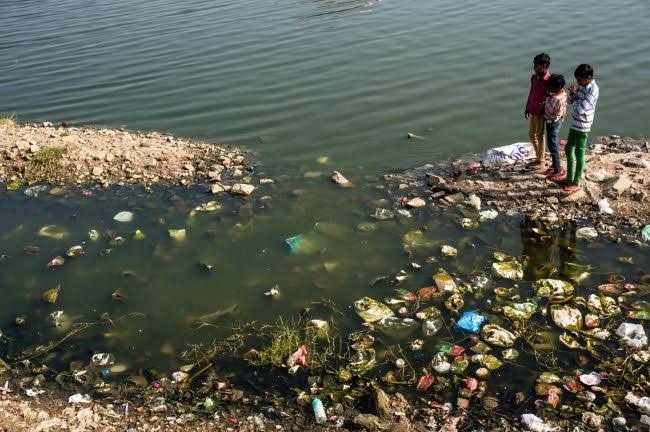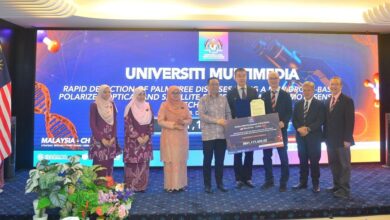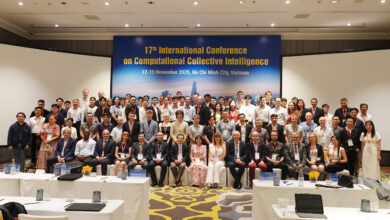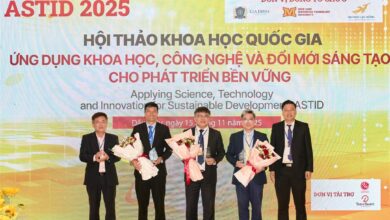Mixed Matrix Hollow Fiber Membrane for Efficient Chromium Hexavalent Removal

The application of Mixed Matrix Hollow Fiber Membrane (MMM) technology has been explored for the effective removal of hexavalent chromium (Cr(VI)), a significant environmental contaminant. Industrial activities such as leather tanning, textiles, and electroplating contribute heavily to chromium pollution, which poses risks to water quality and human health. In leather tanning, 80-90% of global processes utilize chromium, resulting in wastewater that can exceed chromium concentrations of 14.9 mg/L, far surpassing the Indonesian government’s tolerance limit of 0.6 mg/L as established by the Ministry of Environment and Forestry.
Hexavalent Chromium Toxicity
Chromium occurs in multiple oxidation states, where Cr(VI) is deemed more toxic than Cr(III). The conversion from Cr(III) to Cr(VI) can occur naturally in soil or through exposure to oxidizing agents. Health complications linked to Cr(VI) include respiratory ailments, skin irritations, and severe organ damage.
Treatment Methods for Chromium Removal
To mitigate chromium concentrations, various treatment methods have been employed, including adsorption, bioreduction, photocatalytic reduction, and electrochemical reduction. However, these methods often encounter issues concerning high operational costs and the necessity for secondary treatments. Boehmite, an aluminum oxide hydroxide, shows potential as an effective adsorbent due to its high isoelectric point and strong affinity for metal ions.
Membrane Filtration Techniques
Membrane filtration is a recognized approach for removing heavy metals from contaminated water. Mixed Matrix Membranes enhance the efficacy of separation processes by integrating inorganic materials into traditional membrane designs, leveraging the benefits of both adsorption and filtration simultaneously.
Recent Research Developments
Recent research has focused on a Mixed Matrix Membrane composed of polyethersulfone (PES) and boehmite nanoparticles modified with polyphenols derived from Samanea saman bark. This combination aims to enhance the membrane’s performance in Cr(VI) removal. PES was chosen for its mechanical and thermal properties, while the incorporation of boehmite-polyphenol nanofillers was designed to improve hydrophilicity and permeability. The membrane was fabricated in a hollow fiber structure to maximize surface area and adsorption capacity.
Performance Assessment
The membrane’s performance was assessed through evaluations of water permeability, porosity, hydrophilicity, and effectiveness in Cr(VI) removal. Results indicated that the membrane could reduce Cr(VI) levels by up to 92.12%, achieving a water flux of 14.1 L/m²/h and a porosity of 85.3%. These findings indicate the potential for this membrane technology to be implemented in industrial applications aimed at mitigating chromium pollution in water sources.
Synthesis of Boehmite Nanoparticles
The synthesis process for the boehmite nanoparticles involved the dissolution of sodium hydroxide and aluminum nitrate in deionized and distilled water, followed by sonication and hydrothermal treatment. The extraction of polyphenols from Samanea saman bark was performed using ethanol, which was then combined with the synthesized boehmite nanoparticles.
Membrane Fabrication
The dope solution for the MMM was created by mixing PES, PVP, NMP, and varying concentrations of B-polyphenol. The membrane was produced using a dry/wet spinning technique, followed by post-treatment to enhance performance. Characterization of the membranes and nanofillers was conducted using methods such as X-ray diffraction (XRD), Fourier-transform infrared spectroscopy (FTIR), scanning electron microscopy (SEM), and various mechanical tests.
Conclusion
The research underscores the effectiveness of the developed mixed matrix hollow fiber membrane in addressing Cr(VI) contamination and suggests its potential scalability for broader industrial use in water pollution mitigation.
For detailed references, the full study can be accessed through RSC Advances.




